Hi there, pet lovers! 🦎
Skinks are some of the most fascinating reptiles in the pet trade, and the Ocellated Skink (Chalcides ocellatus) stands out as a unique choice for reptile keepers. Known for their sleek, torpedo-shaped bodies, tiny legs, and incredible speed, these skinks are more than just eye-catching—they’re also surprisingly social and hardy.
But are they the right pet for you? Unlike solitary reptiles, Ocellated Skinks can thrive in groups, offering a rare opportunity to observe natural social behaviors. However, their skittish nature and slippery movements make them a “look, don’t touch” pet rather than a hands-on companion.
In this detailed review, we’ll cover everything you need to know about Ocellated Skinks—from their care requirements and temperament to their ideal habitat setup and long-term commitment. Whether you’re a beginner or an experienced reptile keeper, this guide will help you decide if these lively little lizards belong in your home.
Overview
Ocellated Skinks (Chalcides ocellatus), also known as Eyed Skinks or Gongilos, are small, burrowing lizards native to North Africa, Southern Europe, and parts of the Middle East. They’ve also become invasive in places like Florida and Arizona, proving their adaptability to diverse environments.
Here’s a quick snapshot of what makes them unique:
- Handling and Temperament: Skittish and slippery—best for observation rather than frequent handling.
- Care and Maintenance: Low-maintenance but require specific heat, substrate, and UVB lighting.
- Health and Durability: Hardy and resilient when kept in proper conditions.
- Availability: Increasingly common in the pet trade, often captive-bred.
- Cost: Affordable to purchase and set up, with simple ongoing care needs.
- Overall: A great choice for reptile enthusiasts who enjoy observing natural behaviors.
Now, let’s dive deeper into what makes these skinks such intriguing pets.
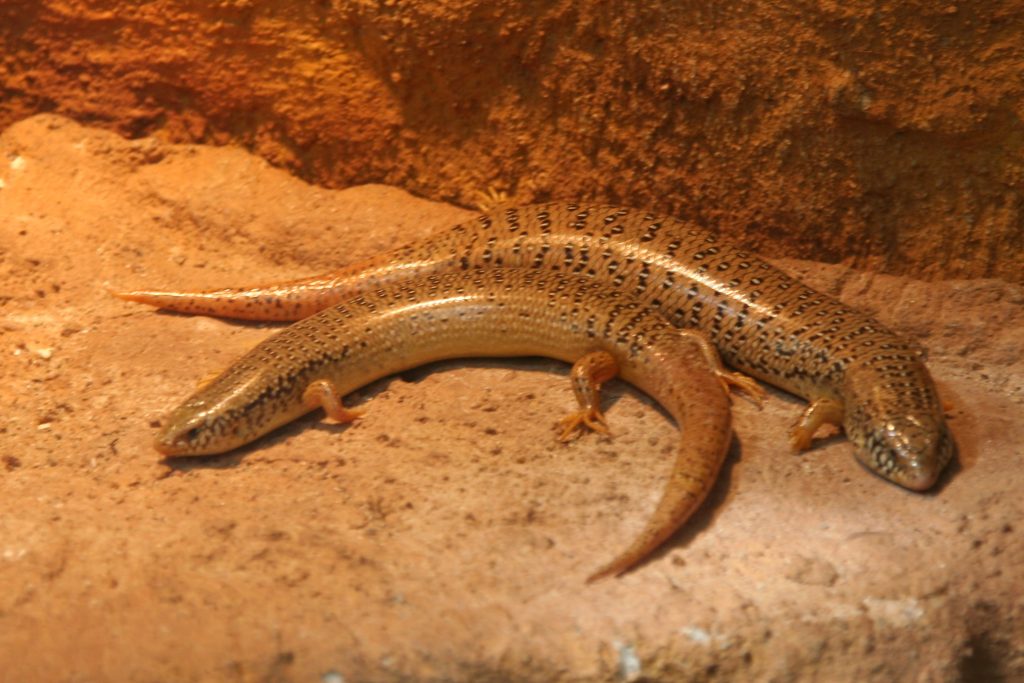
Why Choose an Ocellated Skink?
Ocellated Skinks are ideal for keepers who love active, engaging reptiles but don’t need a pet that enjoys handling. Their social nature sets them apart—unlike many solitary reptiles, they can live in small groups, offering fascinating interactions.
Key Reasons to Consider an Ocellated Skink
✔ Active and Entertaining – They love to burrow, climb, and hunt, making them fun to watch.
✔ Social Behavior – Rare among reptiles, they tolerate (and even seem to enjoy) living in groups.
✔ Low Space Requirements – A 20-gallon long tank can comfortably house one or two.
✔ Long Lifespan – With proper care, they can live 10-15 years.
✔ Great for Beginners – Their hardiness makes them forgiving for new keepers.
However, they’re not for everyone. If you want a reptile that enjoys being held, a Leopard Gecko or Bearded Dragon might be a better fit.
Handling and Temperament
Ocellated Skinks are not handle-friendly pets. Their natural instincts make them fast, slippery, and prone to bolting when picked up.
What to Expect
- Extremely Slippery – Their smooth scales and streamlined bodies make them hard to hold (comparable to trying to grip a bar of soap!).
- Skittish by Nature – They rely on speed to evade predators, so sudden movements will send them darting away.
- Possible Tail Dropping – Like many lizards, they can shed their tails if stressed (though it doesn’t grow back).
- Biting is Rare – They have small jaws, so even if they nip, it’s not painful.
Handling Tips (If You Must)
- Handle inside their enclosure to prevent escapes.
- Move slowly and avoid grabbing them—let them crawl onto your hand.
- Limit handling sessions to reduce stress.
For most owners, these skinks are best appreciated from a distance.
Care and Maintenance
One of the biggest advantages of Ocellated Skinks is their low-maintenance care requirements. However, they do need specific conditions to thrive.
Enclosure Setup
- Tank Size: Minimum 20-gallon long for one or two skinks; larger for groups.
- Substrate: A mix of play sand, coconut fiber, and topsoil (3-4 inches deep for burrowing).
- Climbing & Hiding: Provide branches, cork bark, and flat rocks for basking and hiding.
- Water Dish: Shallow and sturdy to prevent spills.
Temperature & Lighting
- Basking Spot: 90-95°F (32-35°C) using a heat lamp.
- Ambient Temperature: 75-85°F (24-29°C) during the day, dropping to 70°F (21°C) at night.
- UVB Lighting: Essential for calcium metabolism (use a 5.0 UVB bulb).
Humidity
- 40-60% humidity, with occasional light misting.
- Avoid making the enclosure too damp—they prefer dry burrows.
Diet & Feeding
- Insectivores: Feed crickets, dubia roaches, mealworms, and small silkworms.
- Supplementation: Dust insects with calcium + D3 (2-3 times a week) and a multivitamin once a week.
- Feeding Schedule: Juveniles daily, adults every 2-3 days.
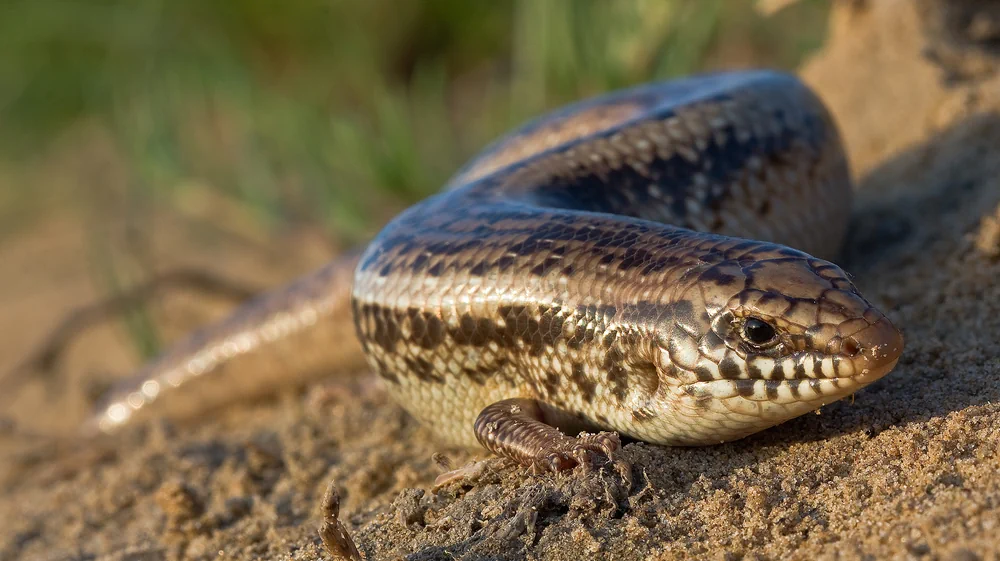
Health and Durability
Ocellated Skinks are exceptionally hardy when kept in proper conditions.
Common Health Issues
- Metabolic Bone Disease (MBD) – Caused by lack of UVB or calcium.
- Impaction – From ingesting loose substrate (feed in a dish to minimize risk).
- Parasites – More common in wild-caught individuals.
Preventative Care
✔ Provide proper UVB and heat gradients.
✔ Use supplemented diets to avoid nutritional deficiencies.
✔ Quarantine new skinks to prevent disease spread.
With good care, these skinks can live 10-15 years, making them a long-term commitment.
Availability and Cost
Where to Buy
- Reptile Expos – Best for finding captive-bred specimens.
- Online Breeders – Increasingly available from specialty breeders.
- Pet Stores – Less common, but some carry them.
Cost Breakdown
- Skink Price: $30 to $100 (captive-bred tend to be pricier).
- Setup Cost: $150 to $300 (tank, substrate, heating, decor).
- Ongoing Costs: $10 to $20/month for insects and supplements.
Pros and Cons
Pros
- Social & Interactive – One of few reptiles that thrive in groups, displaying fascinating social behaviors
- Hardy & Beginner-Friendly – Tolerate minor care mistakes better than most lizards, ideal for first-time owners
- Space-Efficient – Can live happily in a 20-gallon tank, making them apartment-friendly
Cons
- Not for Handling – Extremely slippery and prone to stress when held (escape risk)
- Specialized Setup Needed – Require deep burrowing substrate and precise heat gradients
- Limited Daytime Activity – Most active at dawn/dusk, less visible during peak human hours
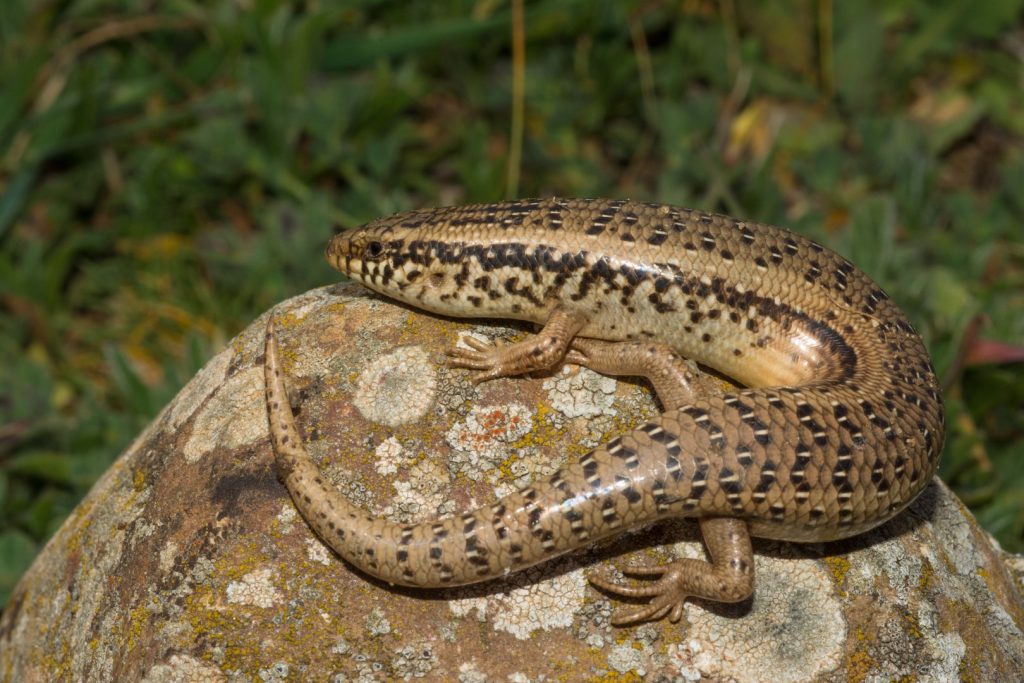
Final Thoughts
Ocellated Skinks are fantastic pets for the right keeper—someone who enjoys observing natural behaviors rather than frequent handling. Their social nature, hardiness, and active lifestyle make them endlessly entertaining.
Who Should Get One?
✔ Reptile enthusiasts who love watching burrowing and climbing behaviors.
✔ Beginners looking for a low-maintenance but engaging pet.
✔ Keepers interested in group dynamics (one of the few reptiles that do well together).
If you’re ready for a fast, fascinating, and low-maintenance lizard, the Ocellated Skink might be your perfect match!
Have you kept Ocellated Skinks? Share your experiences in the comments!
For more reptile care tips and reviews, stay tuned to our blog and don’t forget to subscribe to our newsletter! 🦎




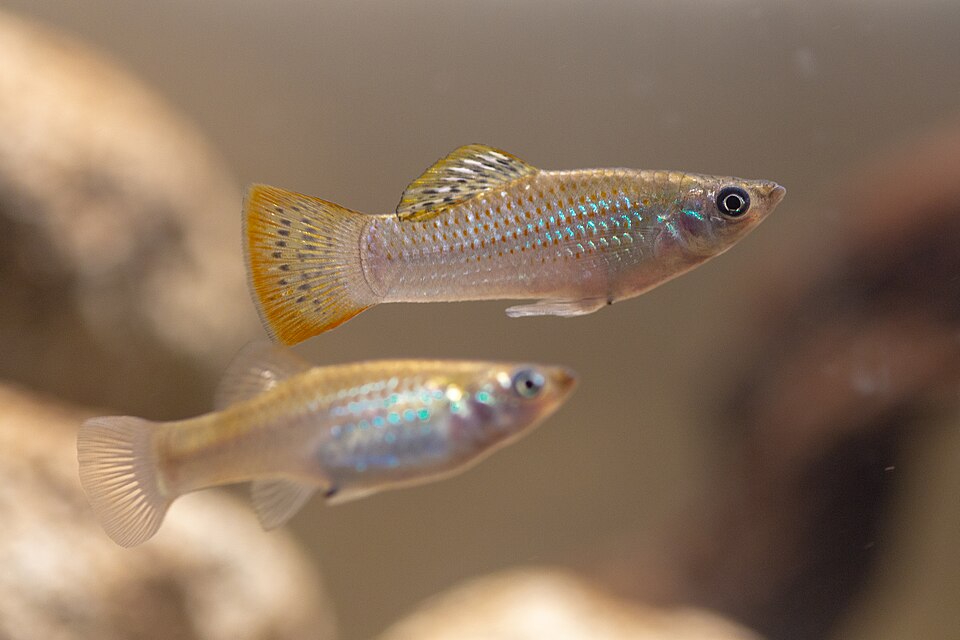

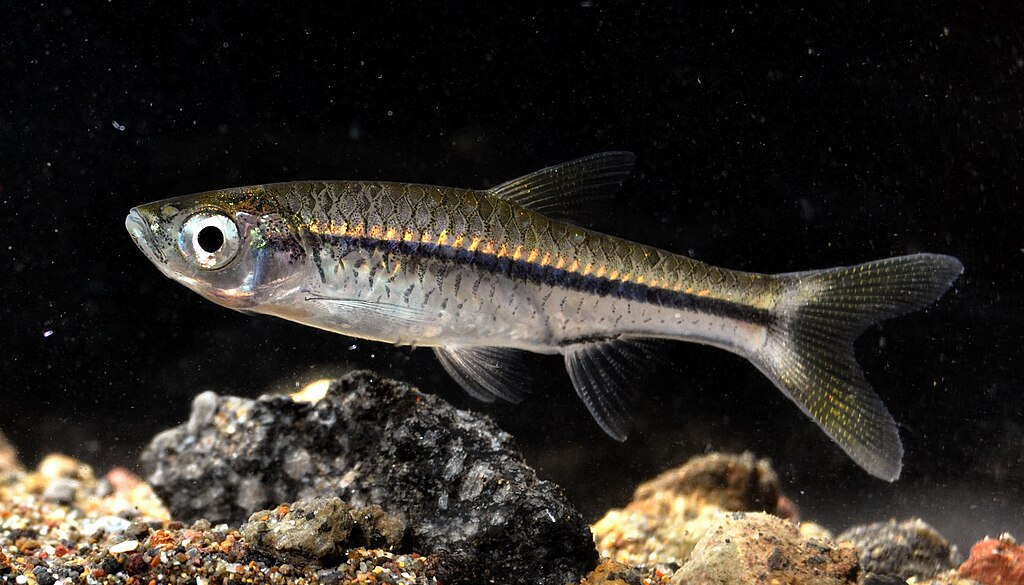
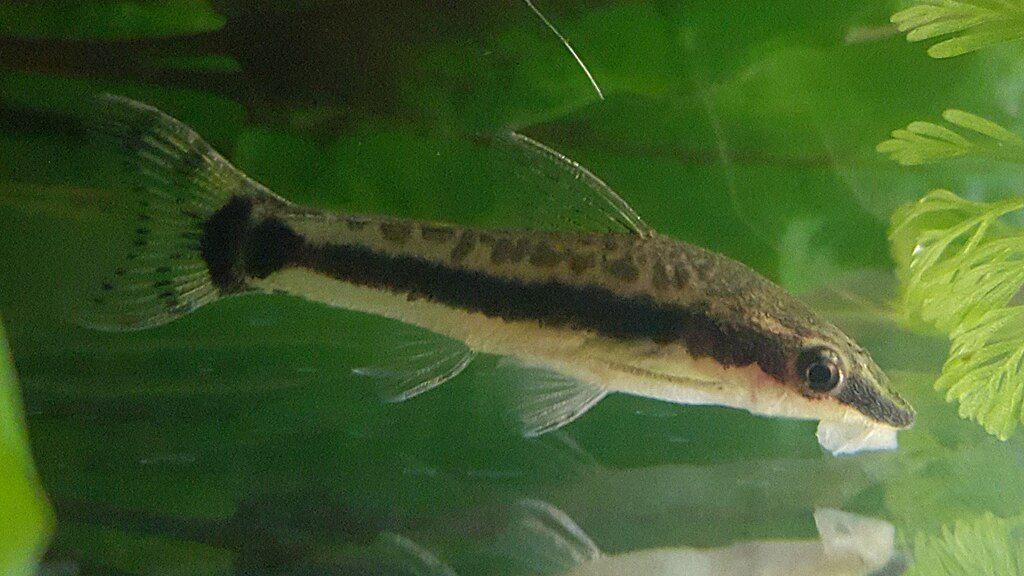
Leave a Reply